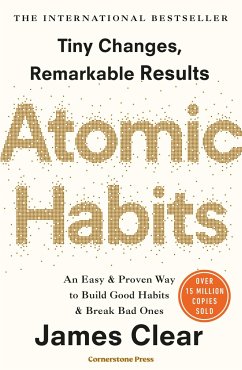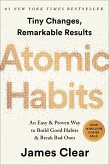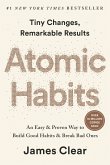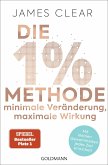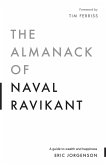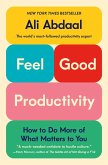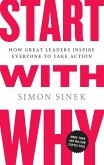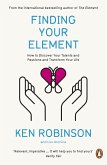The book titled "Atomic Habits", a piece of advice literature written by James Clear and published in 2008 was first brought to my attention when I attended a course taught by Alex Mari at the University of Zurich. In the following I would now like to review this book:
Brief Summary of
Content:
If I would be asked to summarize the book in one sentence, I would do it as follows:
„How to…mehrThe book titled "Atomic Habits", a piece of advice literature written by James Clear and published in 2008 was first brought to my attention when I attended a course taught by Alex Mari at the University of Zurich. In the following I would now like to review this book:
Brief Summary of Content:
If I would be asked to summarize the book in one sentence, I would do it as follows:
„How to create completely new and better habits with tiny, barely noticeable changes with continued repetition.“
The basic idea of James Clear is to pick up the reader with his own problems regarding habits and perseverance. He explains what habits are and how they arise from actions that are instinctive in us.
An example of what, according to James Clear, describes this change is the minimal change in the course of an airplane that arrives several hundred kilometers from its actual destination.
He writes that ofthen we do not notice small behaviors, although these can end in a habit and thus in the final desired behavior with continuous repetition.
Small habits arise from minimal changes in life that have a big impact in the long run.
He calls it the „daily 1%“, with which you finally reach your targeted 100% after a certain time.
Furthermore, he mentions the 2-minute rule, which can be used to break down a goal into small actions. These are easier to turn into habits.
Along the way, Clear keeps drawing funny comparisons: for example, that he never manages to send greeting cards, while his wife, on the other hand, is much more reliable, because she already has a box of cards sorted by occasion at home. Thus, when an occasion comes up, she can just pull out the appropriate card and start writing without having to go to a stationery store and buy a card first. Thus, she bypasses an effort, which is why she finds it much easier to send cards than her husband James Clear. Afterward, he analyzed this behavior and explains how to solve these problems
Evaluation:
In my opinion, the book was very easy to read and is written in a very captivating way because there is an identification from the ground up with the problems addressed.
The theme of the book was very well done as it addresses the common problem of bad habits and missing resolutions. It was very interesting to read, as a real value was generated by reading it. In each chapter, you could understand anew why such problems occur and tips and tricks were mentioned and explained with which you can revise your own behavior and habits again according to your wishes.
While reading the book, I often had to smile at passages or examples where I recognized myself in my own behavior, and I was always surprised that the problems are also very much prepared for the general public. In particular, the comparisons that the author had drawn from reality, as well as making possible an identification with the problem treatment of the book, have pleased me particularly.
In my opinion, the structure and flow of the book were quite logical and comprehensible.
Conclusion:
Overall, I found the book very successful. It reflects the problems of probably most readers and provides approaches and assistance to solve these problems.
Thus, the book provides real added value and is therefore clearly recommended by me to all who often catch themselves that they do not implement their own resolutions or only insufficiently and have difficulty in addressing their bad habits.

